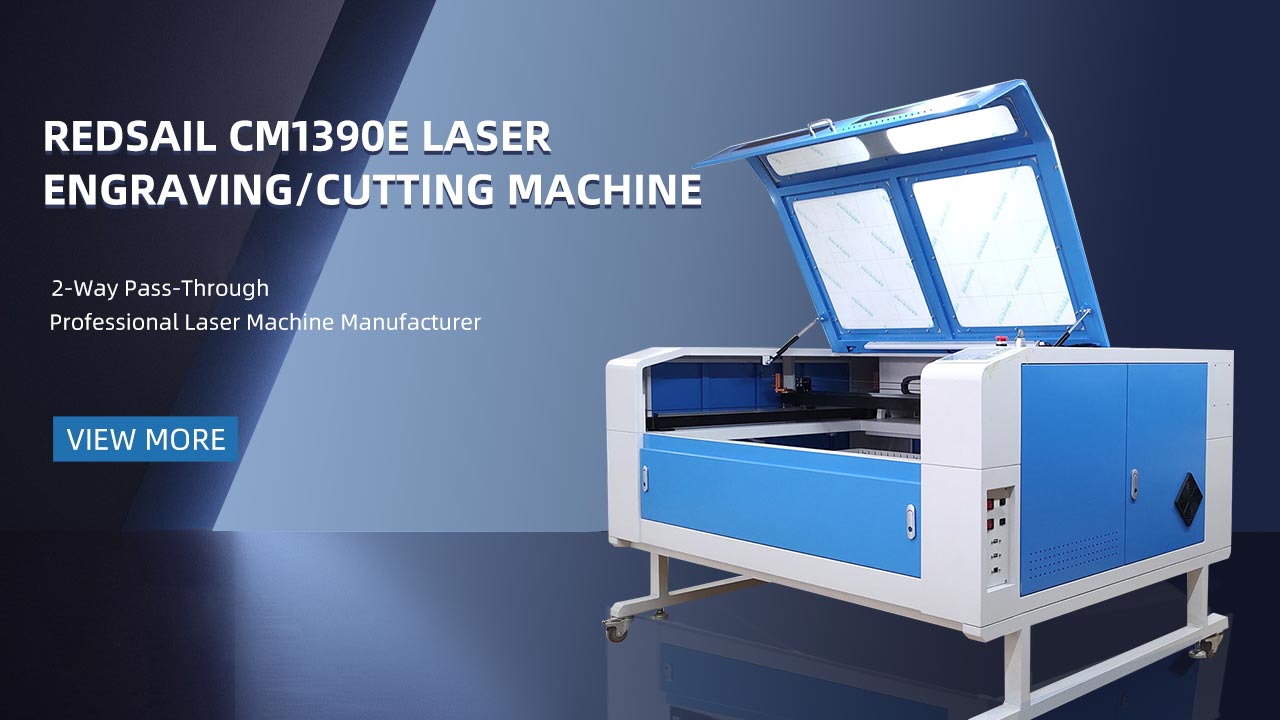Is Laser Cut Wood the Future of 3D Model Making?
In recent years, laser cutters have revolutionized the world of manufacturing and design. With their precise and versatile capabilities, laser cutters have become an essential tool for many industries, including architecture, jewelry making, and even 3D model making. When it comes to creating intricate and detailed models, laser cut wood has emerged as a game-changer. But is laser cut wood truly the future of 3D model making? Let’s take a closer look.
What is Laser Cut Wood?
Laser cut wood involves using a laser cutter to precisely cut and engrave designs on wooden sheets or blocks. The laser cutter utilizes a highly focused laser beam to vaporize or burn away material, resulting in accurate and intricate cuts. This technology allows for a wide range of possibilities in terms of design complexity and precision.
The Benefits of Laser Cut Wood for 3D Model Making
There are several reasons why laser cut wood has gained popularity in the world of 3D model making:
Precision
Laser cutters offer unparalleled precision when it comes to cutting and engraving wood. This precision allows for the creation of highly detailed and intricate designs that would be impossible to achieve with traditional methods. Whether it’s replicating architectural features or adding intricate embellishments, laser cut wood brings models to life with unparalleled accuracy.
Versatility
Laser cutters are incredibly versatile and can handle a wide range of materials, including various types of wood. The ability to cut and engrave different types of wood allows for greater creativity and flexibility in 3D model making. From thin plywood to thick blocks, laser cut wood can be used to create models of varying sizes and complexities.
Time and Cost Efficiency
Traditional 3D model making methods often involve time-consuming and labor-intensive processes. Laser cut wood, on the other hand, offers greater time and cost efficiency. With the ability to cut multiple pieces simultaneously and automate certain tasks, laser cutters speed up the production process significantly. This efficiency not only saves time but also reduces production costs, making it an attractive option for many model makers.
Diversity in Design
One of the most exciting aspects of laser cut wood is the wide range of design possibilities it opens up. Laser cutters can produce intricate designs, patterns, and textures, allowing model makers to experiment and push the boundaries of creativity. From intricate latticework to detailed reliefs, laser cut wood can bring even the most complex designs to life.
The Future of 3D Model Making
Given the numerous benefits of laser cut wood, it is safe to say that it holds immense potential for the future of 3D model making. As technology continues to advance, so will the capabilities of laser cutters. Higher-powered lasers, faster cutting speeds, and improved software will further enhance the precision and efficiency of laser cut wood, opening up new avenues for creativity in 3D model making.
Furthermore, laser cutters are becoming more accessible and affordable. This accessibility allows model makers of all levels to harness the power of laser cut wood and produce high-quality models. As the technology becomes more mainstream, we can expect to see an increase in the adoption of laser cut wood in the field of 3D model making.
FAQs
Q: Are laser-cut wooden models durable?
A: Yes, laser-cut wooden models can be quite durable, depending on the type of wood used and the finishing applied. Models made from hardwoods like maple or birch are more resilient and less likely to break or warp. Adding a protective finish, such as varnish or lacquer, can further enhance their durability.
Q: Can laser cut wood be used for larger-scale models?
A: Yes, laser cut wood can be used for larger-scale models. While laser cutters have size limitations, they can be used to cut and assemble larger pieces by dividing them into smaller sections. By joining these sections together, model makers can create larger and more complex structures.
Q: Is laser cut wood environmentally friendly?
A: Laser cut wood is generally considered to be an environmentally friendly option compared to other materials such as plastics. Wood is a renewable resource, and laser cutters produce minimal waste. Additionally, many laser cutters now use efficient technologies, such as air assist, to minimize energy usage.
Q: Can laser cut wood be combined with other materials?
A: Absolutely! Laser cut wood can be seamlessly combined with other materials to create unique and visually appealing models. For example, incorporating laser-cut acrylic or metal accents can add a striking contrast and enhance the overall aesthetic of the model.
Q: Do I need specialized software to design models for laser cutting?
A: Yes, designing models for laser cutting requires specialized software capable of creating vector-based files. Popular software choices include Adobe Illustrator and Autodesk AutoCAD. These programs allow you to create intricate designs, export the files in the appropriate format, and prepare them for laser cutting.
In conclusion, laser cut wood is undoubtedly pushing the boundaries of 3D model making. Its precision, versatility, time and cost efficiency, as well as its ability to create diverse designs, make it an attractive option for model makers. As technology progresses and laser cutters become more accessible, we can expect laser cut wood to play an increasingly prominent role in the future of 3D model making.
Word Count: 834





